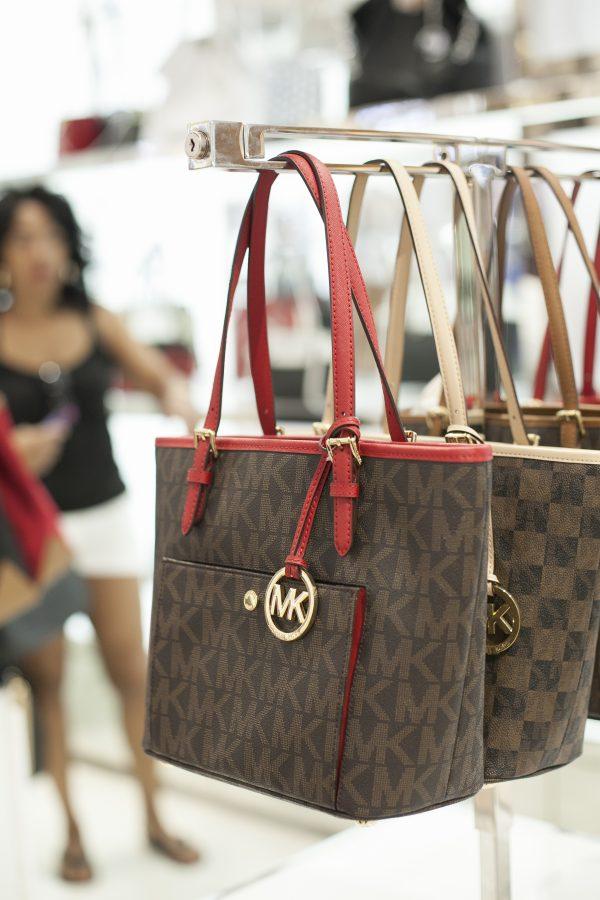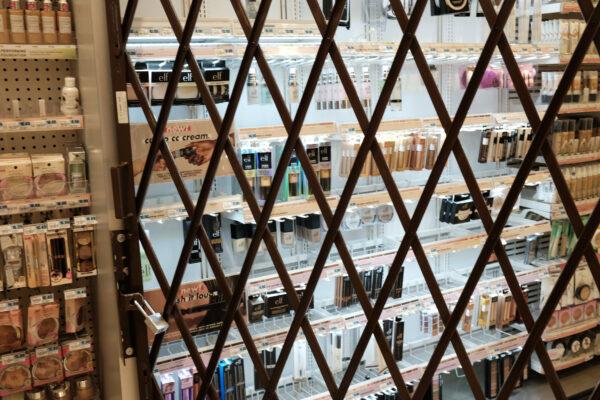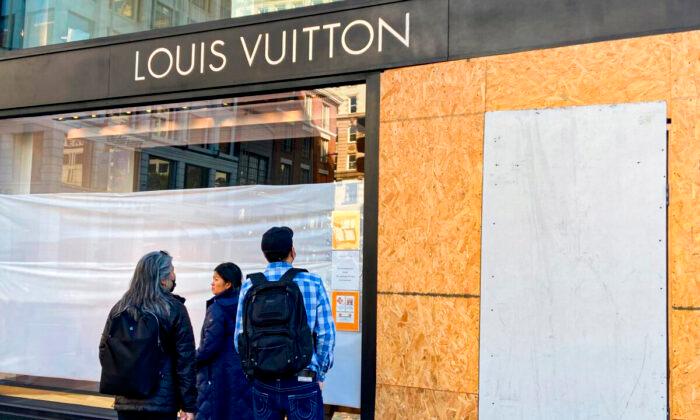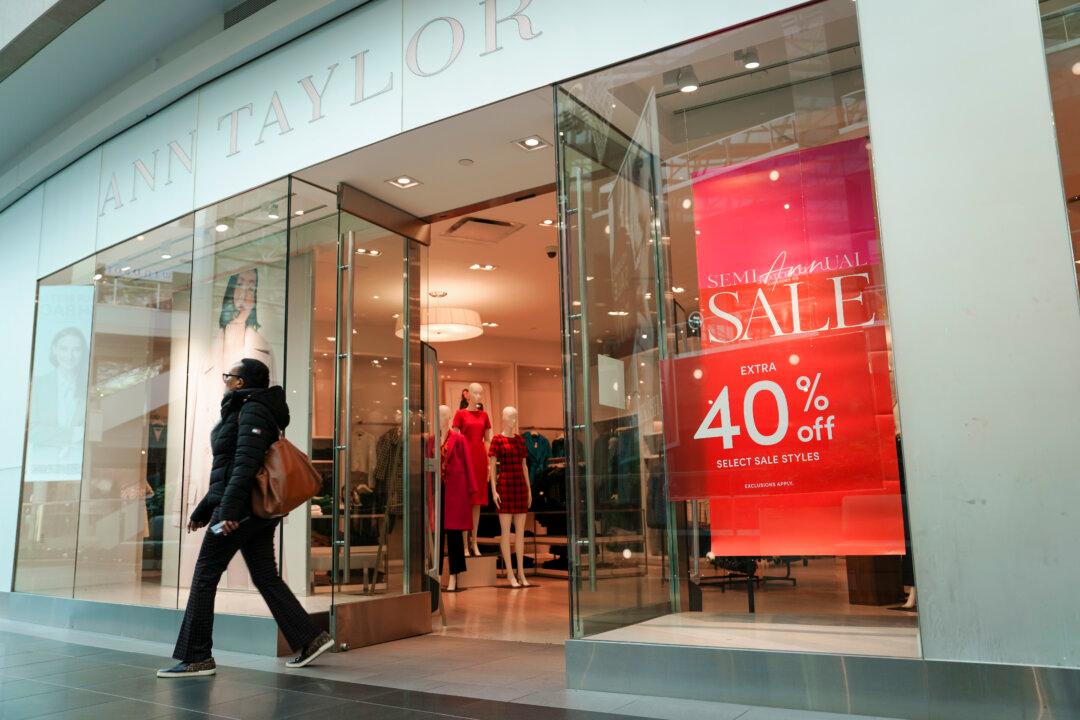This, Bradley says, “would increase transparency and identity verification of high-volume third-party sellers in online retail marketplaces while protecting the privacy of small sellers and establishing a uniform federal standard that would provide certainty and consistency for the business community.” He added that the federal legislation would discourage retail crime by shutting down a substantial destination for selling stolen goods.
The bill was referred to the Committee on Commerce, Science, and Transportation on March 23.
At the state level, jurisdictions need to update the definition of organized retail crime and adjust criminal penalties, Bradley wrote. The updated term would include “two or more participants” with the aim of reselling these items.

Some states have responded to the prevalence of retail theft.
In Illinois, a bill was proposed that eliminates loopholes, provides funding to investigators, establishes a statewide intelligence platform, and begins cracking down on online third-party marketplaces where stolen products are sold.
Finally, according to the chamber, prosecutors and the legal code need to ensure that culprits partaking in organized retail theft are held accountable.
“Since 2000, at least 40 states have raised the thresholds for the value of stolen goods to trigger a felony charge,” he stated. “In some instances, criminals are taking advantage of these increased higher thresholds to engage in repeated thefts and avoid prosecution. States should reconsider these thresholds and prosecutors should avoid adopting broad non-prosecution policies.”
In the end, notes Bradley, the crimes being committed are not only affecting large and small businesses, but they are also impacting communities.
How Retailers Are Responding
A recent study by the National Retail Federation (NRF) found that organized retail crime cost stores more than $700,000 for every $1 billion in sales in 2022, up 50 percent from the previous five years.Businesses, large and small, are responding by either increasing the cost of their goods or shutting their doors.
One-quarter of retailers have raised prices to offset these losses, the chamber noted. A growing number of companies are investing more in physical and smart security.
Earlier this year, Home Depot noted that it is utilizing new tools and technologies, such as product activation features.
Home Depot also supports the INFORM bill.

Some small business owners have come up with unconventional alternatives, too, such as a policy of trying on one shoe at a time, slapping crime-spike fees on receipts, and installing zip ties on shelves. Larger businesses are arming themselves with more merchandise security, including shelf sensors that can determine if a shopper has been browsing for a noticeably long time, installing anti-theft panels, and locking up items.
Retail Theft Goes Viral
Social media is rife with footage of nonchalant individuals and mobs of thieves storming into stores and walking out with hundreds or thousands of dollars worth of merchandise, from pharmacies to high-end luxury goods outlets.“This f---ing guy just filled his two bags up with everything in Rite Aid, right here on 80th and First Avenue [and] is walking down the street like [expletive] is Gucci. I was watching him the whole time,” Rapaport said. “My man just went Christmas shopping in January. He had the condoms, the shampoo.”
Experts believe that more of these criminal activities will happen as a multitude of factors foster this environment, whether it is lax repercussions or skyrocketing price inflation.






Friends Read Free